Early Summer Pepper: The Best Varieties To Grow In Your State
Early Summer Pepper: The Best Varieties to Grow in Your State
Pepper plants are a popular choice for home gardens, and for good reason. They're relatively easy to grow, and they produce delicious fruits that can be enjoyed fresh, cooked, or pickled. If you're looking to grow early summer peppers, there are a few things you need to keep in mind. First, you'll need to choose varieties that are suited to your climate. Second, you'll need to plant your seeds or seedlings early enough in the season so that they have time to mature before the first frost.
In this blog post, we'll discuss the best early summer pepper varieties for different states. We'll also provide some tips on how to grow and care for your pepper plants.
Introduction
Early summer peppers are a great choice for gardeners who want to enjoy fresh peppers early in the season. These varieties typically mature in 60-90 days, so you can start harvesting them a few weeks after your last spring frost. Early summer peppers are also a good option for gardeners who live in cool climates, as they can tolerate cooler temperatures than later-season varieties.
There are many different early summer pepper varieties to choose from, so you're sure to find one that's perfect for your taste and growing conditions. Some popular early summer pepper varieties include:
- Bell peppers: Bell peppers are a versatile type of pepper that can be enjoyed fresh, cooked, or pickled. They come in a variety of colors, including red, green, yellow, orange, and purple.
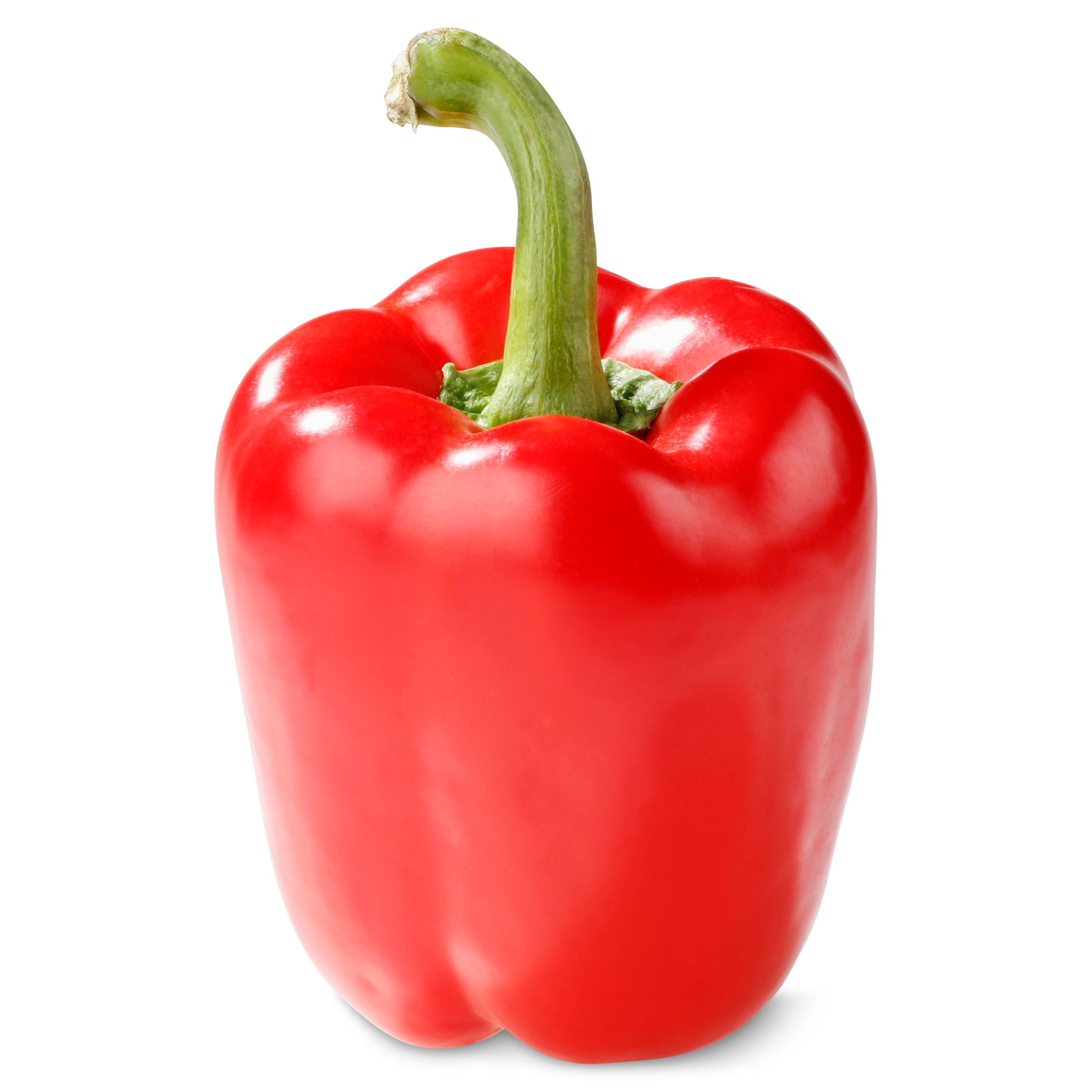
- Jalapenos: Jalapenos are a hot pepper that's perfect for adding heat to your favorite dishes. They can also be pickled or stuffed.
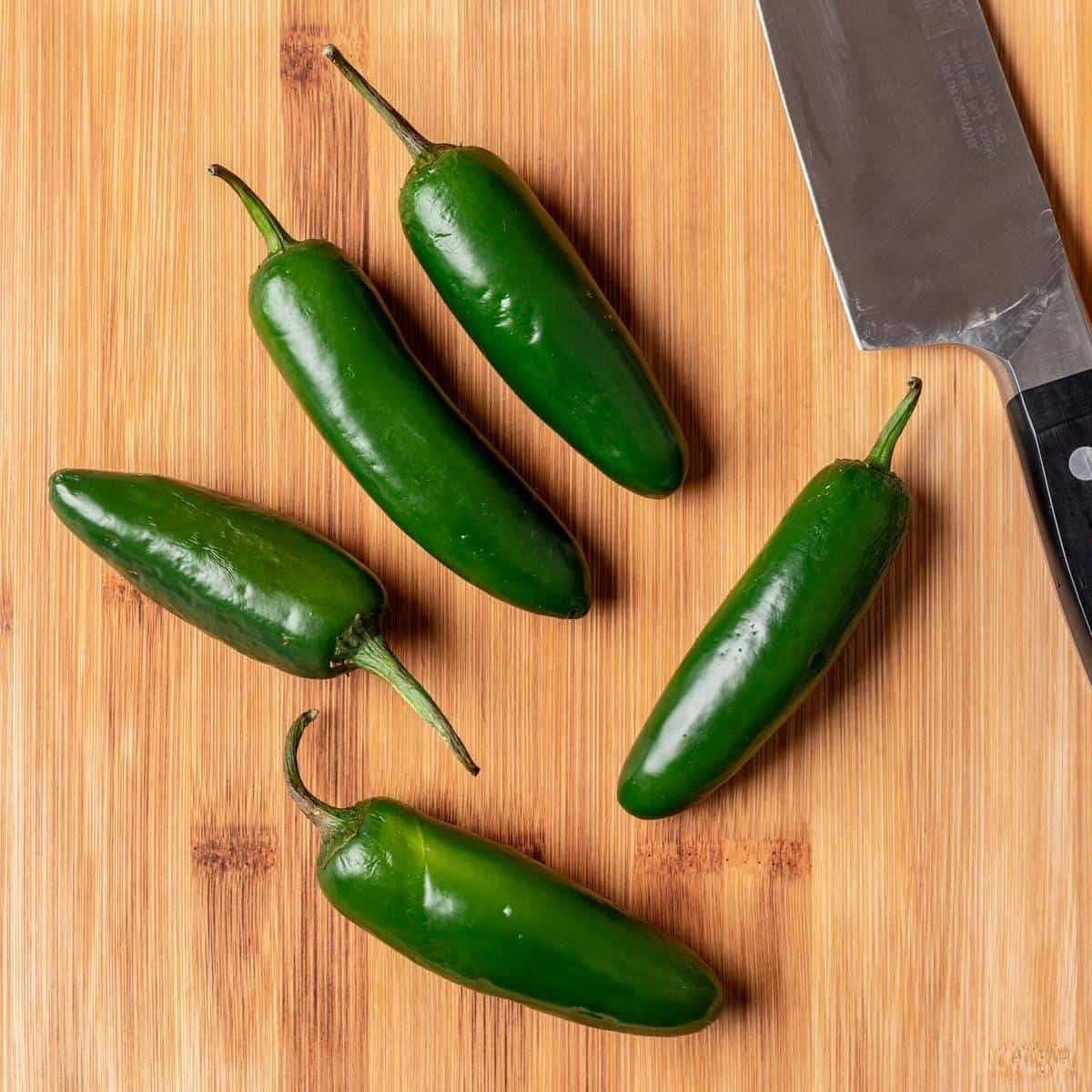
- Serrano peppers: Serrano peppers are another type of hot pepper that's similar to jalapenos in terms of heat level. They're a good choice for those who want a little more heat in their food.
- Poblanos: Poblanos are a mild-to-medium heat pepper that's often used in Mexican cuisine. They can be roasted, stuffed, or made into chilis rellenos.
- Anaheim peppers: Anaheim peppers are a mild-to-hot pepper that's similar to poblanos in terms of flavor. They're a good choice for grilling or roasting.

Main Content
Choosing the Right Variety
When choosing an early summer pepper variety, it's important to consider your climate and growing conditions. If you live in a warm climate, you can choose from a wider variety of varieties. However, if you live in a cooler climate, you'll need to choose varieties that are cold-tolerant.
You should also consider your personal preferences when choosing a variety. If you like mild peppers, you'll want to choose a variety with a low heat level. If you prefer hot peppers, you'll want to choose a variety with a higher heat level.
Once you've considered all of these factors, you can start shopping for early summer pepper seeds or seedlings. When purchasing your seeds or seedlings, be sure to choose a reputable source.
Planting and Care
Early summer pepper plants can be started indoors 6-8 weeks before your last spring frost. Once the weather has warmed up, you can transplant your seedlings outdoors. Pepper plants need full sun and well-drained soil. They should be watered regularly, but not too much.
Pepper plants are relatively pest- and disease-resistant. However, they can be susceptible to a few problems, such as aphids, whiteflies, and powdery mildew. If you notice any pests or diseases on your pepper plants, treat them immediately with an appropriate pesticide or fungicide.
Harvesting
You can start harvesting your early summer peppers when they reach their desired size. Most early summer pepper varieties will be ready to harvest in 60-90 days.
To harvest your peppers, simply cut them off the plant with a sharp knife. You can enjoy them fresh, cooked, or pickled.
Conclusion
Early summer peppers are a delicious and versatile addition to any home garden. With so many different varieties to choose from, you're sure to find one that's perfect for your taste and growing conditions. With a little care, you'll be harvesting fresh peppers in no time.
The early summer pepper is a great choice for gardeners who want to enjoy fresh peppers early in the season. These peppers mature in about 75 days, so you can start harvesting them in late spring or early summer. Early summer peppers are also relatively disease-resistant, so you're less likely to have to worry about pests or diseases ruining your crop.
If you're interested in learning more about early summer peppers, I recommend visiting Home Gardening. This website has a wealth of information about growing early summer peppers, including planting instructions, care tips, and recipes. You can also find early summer pepper seeds and plants for sale on this website.
FAQ of early summer pepper
Here are some frequently asked questions about early summer peppers, along with valuable insights and solutions:
- What are early summer peppers?
Early summer peppers are a type of pepper that matures and is ready to harvest in early summer. They are typically smaller and milder than other types of peppers, such as bell peppers or jalapeños. Some popular varieties of early summer peppers include California Wonder, Early Jalapeño, and Sweet Banana.
- When should I plant early summer peppers?
Early summer peppers can be planted outdoors in the spring, once the soil has warmed to at least 60 degrees Fahrenheit. In colder climates, you may need to start them indoors 4-6 weeks before the last frost.
- How much sun do early summer peppers need?
Early summer peppers need full sun, at least 6 hours of direct sunlight per day.
- How much water do early summer peppers need?
Early summer peppers need regular watering, especially during hot, dry weather. Water deeply, so that the water reaches the roots.
- How do I fertilize early summer peppers?
Early summer peppers should be fertilized every 2-3 weeks with a balanced fertilizer. A fertilizer with a high nitrogen content will help the plants grow bushy and produce more peppers.
- How do I prevent pests and diseases in early summer peppers?
Early summer peppers are susceptible to a variety of pests and diseases, such as aphids, whiteflies, spider mites, and powdery mildew. To prevent pests and diseases, you can:
* Plant your peppers in a well-drained location.
* Water your peppers regularly.
* Inspect your plants regularly for pests and diseases.
* Treat pests and diseases promptly, if necessary.
- How do I harvest early summer peppers?
Early summer peppers are ready to harvest when they are firm and brightly colored. To harvest, simply cut the pepper off the plant with a sharp knife.
- How do I store early summer peppers?
Early summer peppers can be stored in the refrigerator for up to 1 week. To extend the storage life, you can freeze them. Simply wash, dry, and cut the peppers into pieces. Then, place them in a freezer-safe bag or container and freeze for up to 6 months.
Image of early summer pepper
- Jalapeno pepper. A small, green pepper that is typically harvested in early summer. It has a mild to medium heat level.
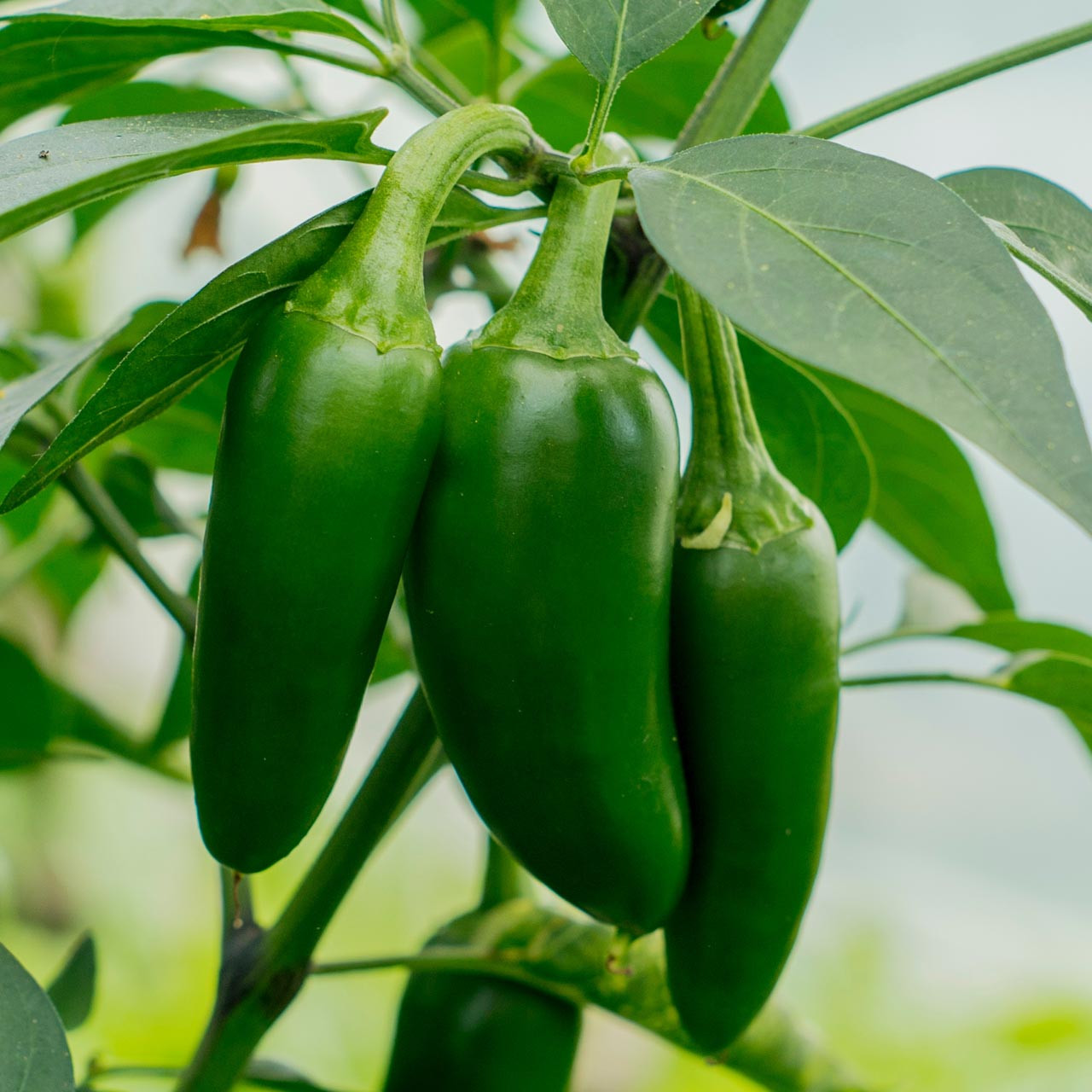
- Serrano pepper. A small, green pepper that is similar to the jalapeno pepper, but has a slightly higher heat level.
- Anaheim pepper. A medium-sized, green pepper that is typically harvested in early summer. It has a mild heat level.

- Poblano pepper. A large, green pepper that is typically harvested in early summer. It has a mild to medium heat level.
- Hungarian wax pepper. A medium-sized, yellow pepper that is typically harvested in early summer. It has a mild heat level.
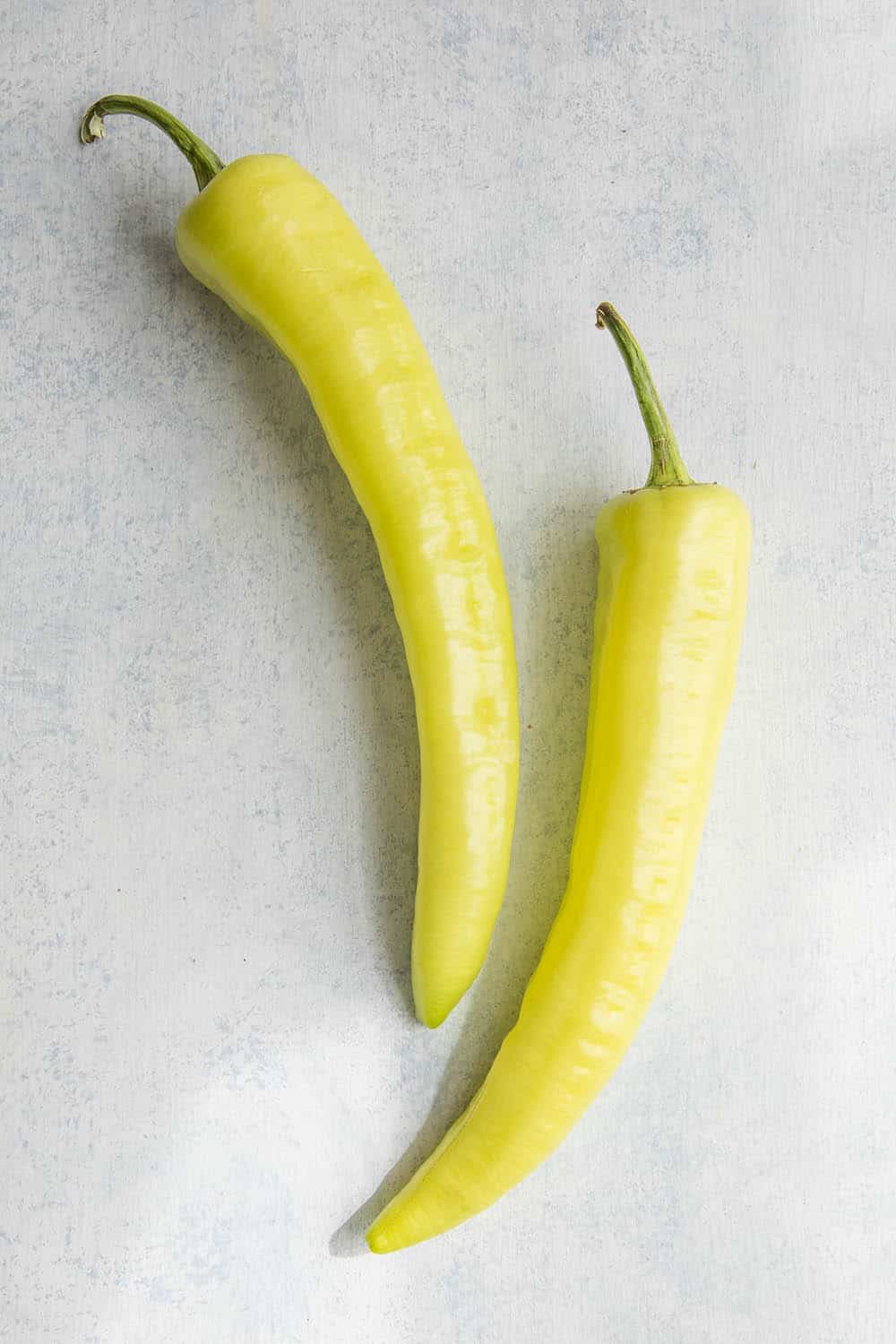
- Yellow bell pepper. A large, yellow pepper that is typically harvested in early summer. It is mild and sweet.
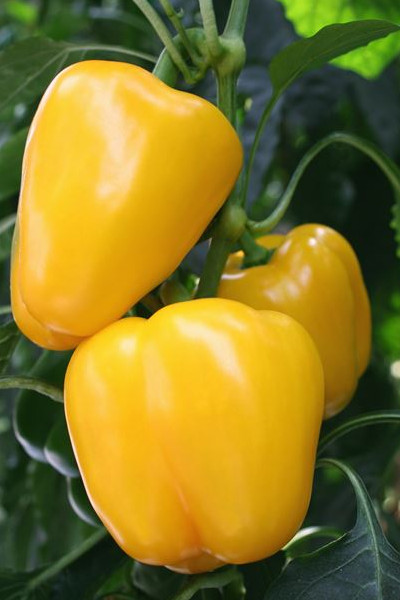
- Orange bell pepper. A large, orange pepper that is typically harvested in early summer. It is mild and sweet.
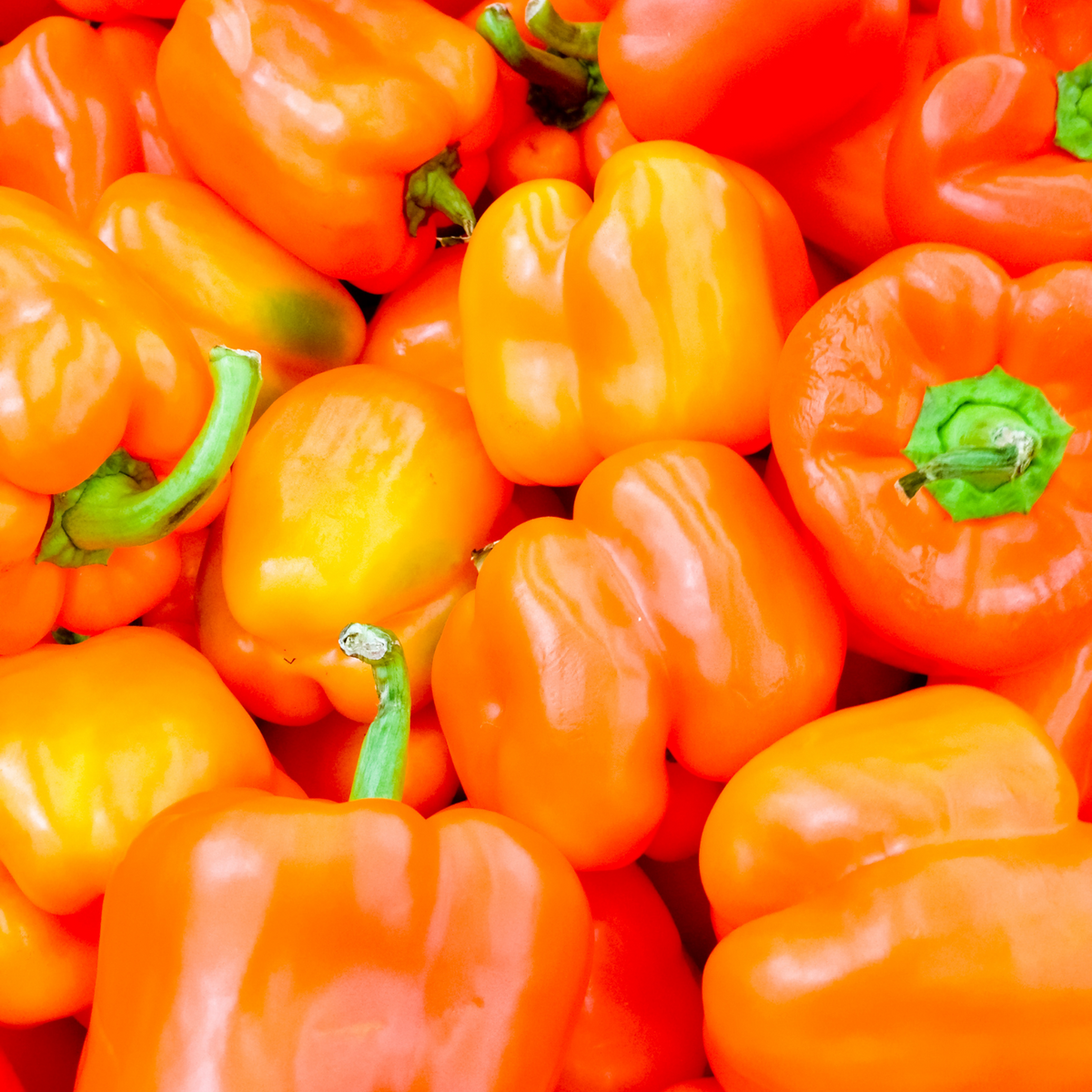
- Red bell pepper. A large, red pepper that is typically harvested in early summer. It is mild and sweet.

- Cayenne pepper. A small, red pepper that is typically harvested in late summer. It has a medium to hot heat level.
- Ghost pepper. A very small, orange pepper that is typically harvested in late summer. It has an extremely hot heat level.

Post a Comment for "Early Summer Pepper: The Best Varieties To Grow In Your State"